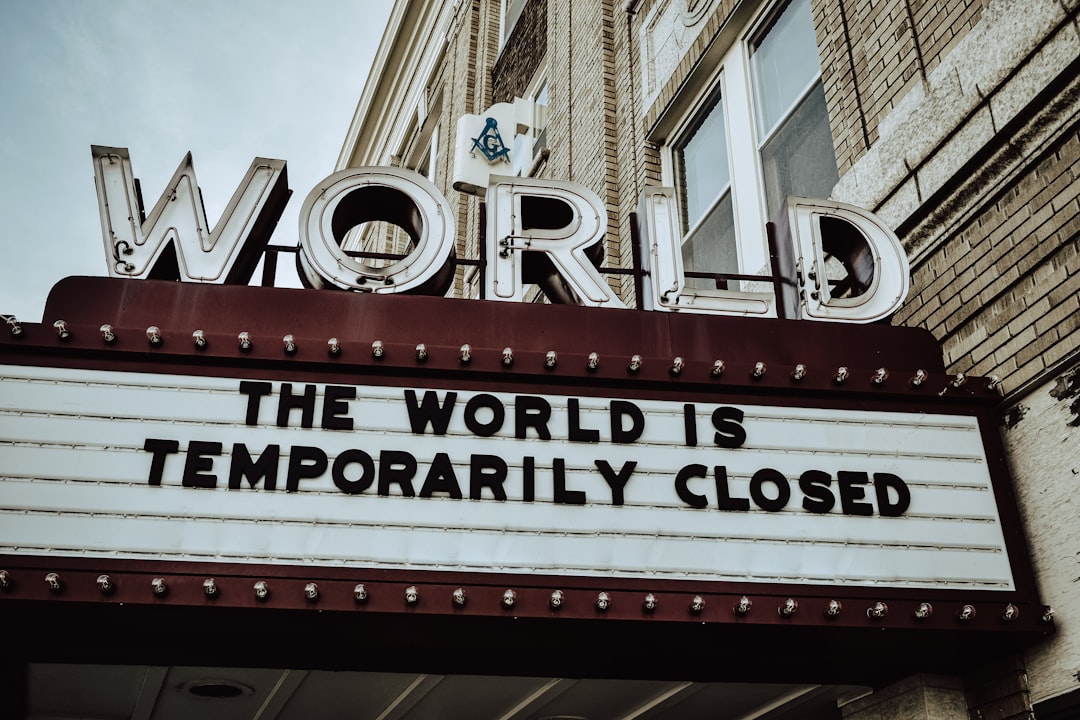
Economic Recovery Post-Pandemic: Strategies and Insights
# Introduction. The COVID-19 pandemic has reshaped economies around the world, leading to unprecedented challenges and shifts in various sectors. As businesses and governments strive to recover, understanding the intricate dynamics of economic recovery becomes essential. This post explores effective strategies, insights, and recommendations for achieving sustainable economic growth in a post-pandemic era. ## Understanding the Economic Impact. The pandemic triggered a deep economic crisis, resulting in mass layoffs, business closures, and drastic declines in consumer spending. According to economists, global GDP shrank sharply in 2020, revealing the fragility of economic systems heavily reliant on consumer confidence. Countries like the United States and those in Europe initiated stimulus packages to support wage payments and small businesses, hoping to prevent further economic decline. The magnitude of these economic changes has created a need for robust recovery plans that address immediate needs while focusing on long-term sustainability. ## Government Initiatives for Recovery. Governments worldwide have adopted various measures to facilitate economic recovery. In addition to financial aid, they are investing in infrastructure, healthcare improvements, and green initiatives. For instance, the Biden administration proposed the American Jobs Plan, which emphasizes investment in sustainable infrastructure and job creation in renewable energy sectors. These initiatives not only stimulate immediate economic activity but also position countries for future growth in emerging sectors. ## Importance of Small Businesses. Small businesses are integral to any economy, contributing to total employment and innovation. Recovery efforts require a keen focus on supporting these businesses through grants, low-interest loans, and mentorship programs. Many local governments have launched `Buy Local` campaigns, incentivizing consumers to shop at neighborhood shops. The resilience and adaptability of small businesses will play a vital role in shaping a robust economic recovery. ## The Role of Technology in Recovery. Technology adoption surged during the pandemic, facilitating remote work and e-commerce. Businesses that leveraged technology saw improved efficiency and customer engagement. For a successful post-pandemic recovery, integrating technology into operations becomes crucial. This includes adopting digital payment platforms, enhancing cybersecurity measures, and utilizing data analytics for informed decision-making. Moreover, the emergence of remote work has pushed companies to reconsider their workplace strategies, emphasizing flexibility and employee wellbeing. ## Labor Market Dynamics. The labor market has experienced dramatic shifts due to the pandemic. While some industries faced workforce contractions, others, like healthcare and technology, saw increased demand for skilled labor. This presented a dual challenge: reskilling workers displaced by the pandemic and addressing talent shortages in high-demand sectors. Workforce development programs will be essential to navigate this changing landscape and ensure accessibility to equitable job opportunities. ## Fostering Consumer Confidence. Consumer confidence is crucial in triggering economic recovery. As businesses reopen, they must implement robust health and safety protocols to build trust with consumers. Transparency in operational practices is essential. Moreover, marketing strategies should focus on reinforcing a sense of security, emphasizing hygiene and social distancing measures. By rebuilding this confidence, economies can expect to see growth in consumer spending, a key driver of economic activity. ## Conclusion. The path to economic recovery post-pandemic is neither simple nor uniform. It requires a multi-faceted approach that incorporates government support, technology adoption, small business empowerment, and confidence-building among consumers. While significant challenges remain, there are also opportunities for innovation and growth that could pave the way to a more resilient and sustainable economy. Learning from the pandemic experience, stakeholders must collaborate and adapt to navigate the complexities of recovery effectively. .






